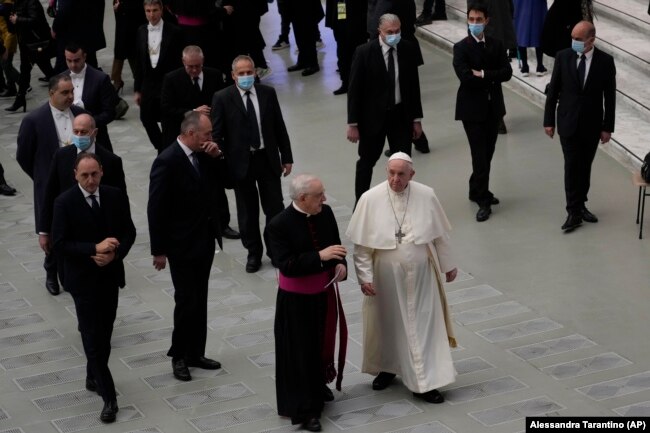
An oil refinery near the Enbridge Line 5 pipeline in Sarnia, Ontario, Canada.
BYJULIA ROCK
JACOBIN
12.21.2021
As Republican state officials insist that Canadian oil pipelines are necessary to lower energy costs for American consumers, the fossil fuel giant operating those pipelines is suddenly citing the climate crisis its products are creating as a rationale for raising those prices higher, according to new documents reviewed by the Daily Poster.
Last month, Ohio Republican governor Mike DeWine — who has raked in nearly $400,000 from fossil fuel industry donors — demanded the Biden administration keep open Enbridge’s controversial Line 5 pipeline, which runs under the Great Lakes, as a way to reduce energy prices.
But Enbridge just dropped a bombshell undercutting that argument: the firm told government regulators that climate change means its tar sands pipeline network only has nineteen years left of economic life. That assertion could allow the company to jack up the tolls that its customers pay to transport oil through its pipelines, because pipeline operators are authorized to recoup their operational costs through rate increases — and a shorter timetable means higher levies.
The episode is a spectacle of what’s been called disaster capitalism: In this case, a fossil fuel behemoth is citing the ecological crisis it is intensifying as a justification to extract more profits from consumers already being crushed by higher prices.
“There is something ironic about pipeline companies like Enbridge conceding that they can see the writing on the wall, they’re not going to be competitive or needed less than twenty years from today, and, as a result, they have to raise prices today to account for that,” said Ari Peskoe, director of the Electricity Law Initiative at the Harvard Law School. “There’s something incongruous about that.”
A Changing Environmental and Political Landscape
Enbridge has been doing everything in its power to preserve and expand its massive pipeline network, the largest in North America. The multinational completed construction on its expanded Line 3 pipeline in Minnesota this fall, despite years of heated opposition from Indigenous people, climate activists, and lawmakers. Now the company is working to derail Michigan governor Gretchen Whitmer’s reelection bid, in response to Whitmer’s order aiming to shut down the company’s aging Line 5 pipeline, because a spill could be imminent and the pipeline runs through the Great Lakes.
In that battle, Enbridge has insisted that shutting down Line 5 would cause a spike in fuel prices, because the pipeline supplies ten refineries in the region. And yet, this May, the company told federal energy regulators that its pipelines are likely worth far less because governments are preparing to try to combat the carbon emissions from its products.
The admission was included in filings with the Federal Energy Regulatory Commission (FERC), the US regulatory body which regulates electricity, oil, and natural gas as part of ongoing tariff negotiations with the oil companies that use its pipeline network. During the negotiations, Enbridge filed a depreciation study in May 2021 in which it proposed an accelerated depreciation schedule for its Lakehead System, which transports crude oil from the Alberta tar sands through the Upper Midwest.
In that study, Enbridge estimated that the Lakehead System had an economic life of nineteen more years, a downgrade from its 2016 estimate in which it projected a lifetime of at least thirty years. Enbridge was not required to update those estimates until 2026, but filed the latest depreciation filing five years early as part of the negotiations.
Enbridge cited a number of factors in justifying the shorter expected life of its pipelines, including: “current and anticipated competition to the Enbridge Mainline, actions by state and local governments, and the uncertainty arising from the recent acceleration in the pace of Federal (United States and Canada), state/provincial and local governments passing decarbonization legislation or adopting policies that may influence the market demand for pipelines.”
Enbridge brought up these matters in its tariff negotiations because the rates for using pipelines are set by FERC to account for pipeline companies’ operational costs — infrastructure investments, salaries, maintenance, and other expenses — as well as reasonable profit. As a result, if the economic life of a pipeline ends up being shorter, the company won’t be able to collect payments from customers for as many years, so it can raise rates in order to recover its construction costs.
“These filings take into consideration the changing environmental and political landscape in which we operate this critical piece of energy infrastructure,” Enbridge spokesperson Juli Kellner told Jacobin.
The tar sands companies that move their oil through Enbridge’s pipelines filed a protest with FERC disputing the 2040 truncation date because they don’t want to pay a higher rate. The protest, filed by the Canadian Association of Petroleum Producers (CAPP), asks FERC to “investigate the factual basis of the claims that Enbridge makes regarding its remaining economic life.” According to the protest, “The claim that the Lakehead System may be, indeed will be, out of business in [2040] is remarkable given the entirety of the factual circumstances.”
Kellner said that the depreciation study “is used to determine the cost-of-service toll,” but noted: “It may not reflect the actual life of the assets.”
It’s possible that Enbridge and its customers will come to a settlement through ongoing negotiations before FERC has to intervene.
Whether or not the pipeline company and the oil firms come to an agreement, the negotiations point to a problem that experts say will become increasingly common in coming years: As the big business of extracting and moving crude oil comes to an end, who should bear the cost and risk of that transition?
Passing the Buck
One of the central issues considered during the Minnesota Public Utility Commission’s multiyear permitting process for the Line 3 pipeline through the state was whether there was sufficient demand for oil to justify building the new pipeline. Enbridge said in its April 2015 application for a “certificate of need” for the pipeline: “The anticipated economic life of the Project will be no less than 30 years.”
Enbridge repeated that estimate over the course of the permitting process, said Paul Blackburn, an attorney for Honor the Earth, an environmental justice organization which has opposed Line 3. “Thus, the [new depreciation study] represented a fundamental shift in Enbridge’s understanding of its future,” Blackburn said.
Enbridge has said the latest study does not apply to the Line 3 pipeline because it was under construction when the study was conducted. But Blackburn disputed that a single passage of the pipeline network could outlast the rest.
“Enbridge implies that new Line 3 can keep operating even if the rest of the Mainline System is not, and of course this is a blatantly false statement, because new Line 3 is just one piece of the system: It receives crude oil from other upstream pipelines and tanks owned by Enbridge, and new Line 3 delivers oil to other downstream pipelines and tanks,” he said. “If these other Mainline System pipelines and tanks ceased operation, it would be impossible for new Line 3 to continue operating.”
But experts say Enbridge’s new statement does raise questions about who should bear the cost of the accelerated depreciation.
“The environmental groups and the oil and gas companies agree on accelerated depreciation. The fossil fuel companies recover the money for their infrastructure and the environmental groups get an earlier shutdown,” said James Coleman, professor of energy law at Southern Methodist University. “The challenge for that is, and has always been, the consumer groups. And if you start charging more, and that shows up in oil and gas prices — we’ve seen that might be politically sensitive.”
Some of those costs will be assumed by energy customers in Minnesota, where Enbridge — with the support of local officials and police — forced through completion of its Line 3 pipeline this summer in the face of herculean efforts by Indigenous-led groups to stop it.
“The oil industry attempts to pass all of its costs onto consumers, so it is likely that Enbridge’s tariff rate increases will be passed onto consumers,” said Blackburn of Honor the Earth. “The supporters of new Line 3 who claimed it would reduce fuel costs in Minnesota because it would increase supply completely disregarded the complexity of this market.”
It doesn’t help that no one is sure how much oil will be needed several decades from now — and that’s not just because Enbridge and oil companies are currently arguing over the matter in tariff negotiations. Enbridge’s proposed oil pipeline truncation date, which tar sands companies are lambasting as being too early, is still far later than what scientists say is necessary to stave off catastrophic global warming.
“We live with a certain amount of cognitive dissonance about these inconsistent commitments, and for companies and regulators like FERC, they really have to square that circle and make some kind of prediction about what’s going to happen,” Coleman said. “The rates that they are recovering today depend on what oil use is going to be in 2040 versus 2050. We have this wild asymmetry in predictions about what oil use will be in 2022. So how are we supposed to have accurate predictions about 2040 or 2050?”
Stranded Assets
Regulators and lawmakers will also have to soon tackle a bigger question: Who should bear the costs of soon-to-be stranded assets, such as natural gas and oil pipelines?
If a careful plan isn’t put in place to account for the costs of pipelines that will soon be obsolete, the burden will likely fall on those who are least equipped to handle it, according to a 2019 report by the Environmental Defense Fund in California on the state’s natural gas infrastructure.
“What [would end] up happening is you make [electricity bills] more expensive through accelerated depreciation, which will further motivate customers who can afford to leave the gas system early,” said Michael Colvin, coauthor of the report and director of Regulatory and Legislative Affairs for California at the Environmental Defense Fund. “That will leave behind customers who aren’t able to electrify, so you end up with a tradeoff where wealthier and whiter customers who own their own homes and have more site control electrify, while the remaining customer base, which tends to be low and middle income, and more renters, are left behind.”
That’s why in California, where newly passed climate legislation is likely to lead utilities to shorten the lifespan of their natural gas pipelines, according to the report, advocates and regulators are trying to take a forward-looking approach to the situation, including phasing gas out on a planned timeline.
If governments set targets and require utilities to submit plans to recover their costs, the eventual abandonment of this infrastructure can be managed with an emphasis on equity, Colvin explained. There are tools that policymakers have at their disposal to shield low-income customers from bearing most of the risk, such as covering some of the cost of decommissioning pipelines with tax dollars, or forcing utilities to eat some of the cost through lower profits. Regulators already have the authority to reduce the profits that companies like Enbridge earn from rate collection.
Increased energy bills aren’t the only way the pipelines’ shortened life spans will impact the people who live in the regions that have been torn apart by the construction of Line 3, which contributed to droughts and leaked drilling fluids in waterways during construction last summer.
In Minnesota, Honor the Earth has responded by petitioning state regulators to make sure Enbridge keeps its promise, as part of the permitting process, to set aside money for the eventual decommissioning of the pipeline, which is estimated to cost $1.5 billion or more.
“The Commission should not wait to act on the matter,” Honor the Earth said in the petition. “It should promptly establish a robust and secure funding mechanism as soon as possible to ensure that new Line 3, once abandoned, does not become a financial burden on private as well as state and local government landowners.”
You can subscribe to David Sirota’s investigative journalism project, the Daily Poster, here.
Julia Rock is a reporter for the Daily Poster.
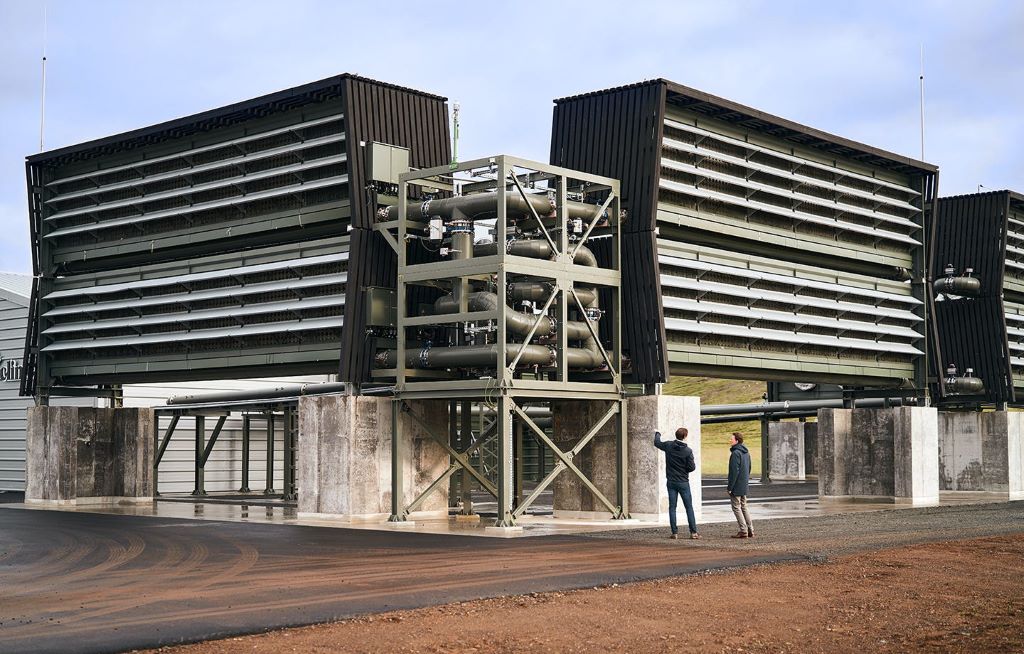




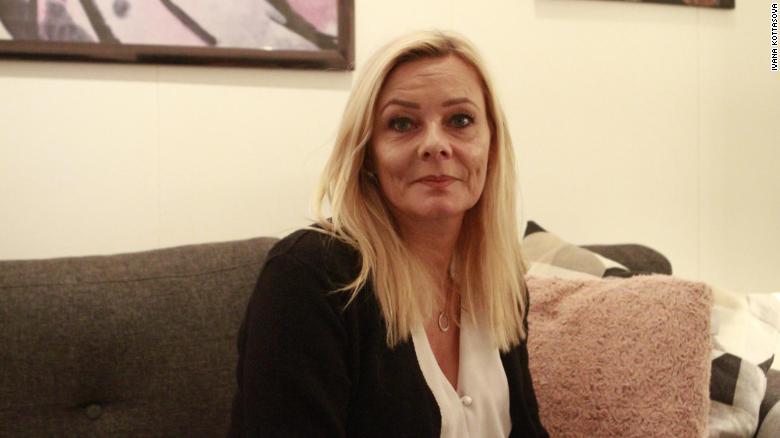

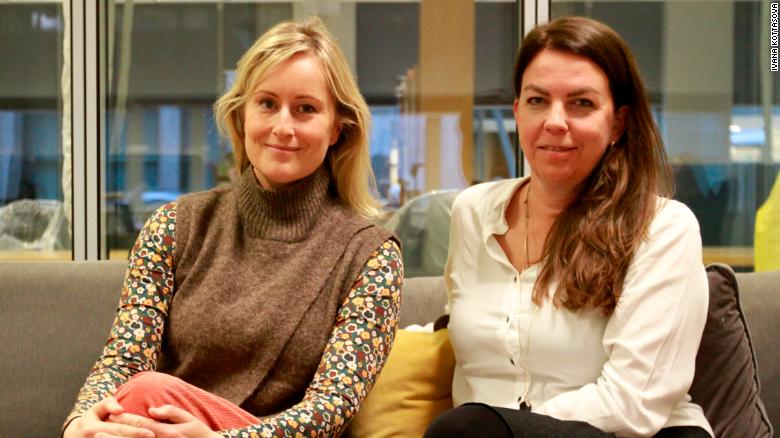



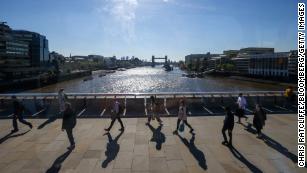
 Pope Francis delivers his blessing at the end of his weekly general audience in the Paul VI Hall, at the Vatican, Wednesday, Dec. 22, 2021. (AP)
Pope Francis delivers his blessing at the end of his weekly general audience in the Paul VI Hall, at the Vatican, Wednesday, Dec. 22, 2021. (AP)
